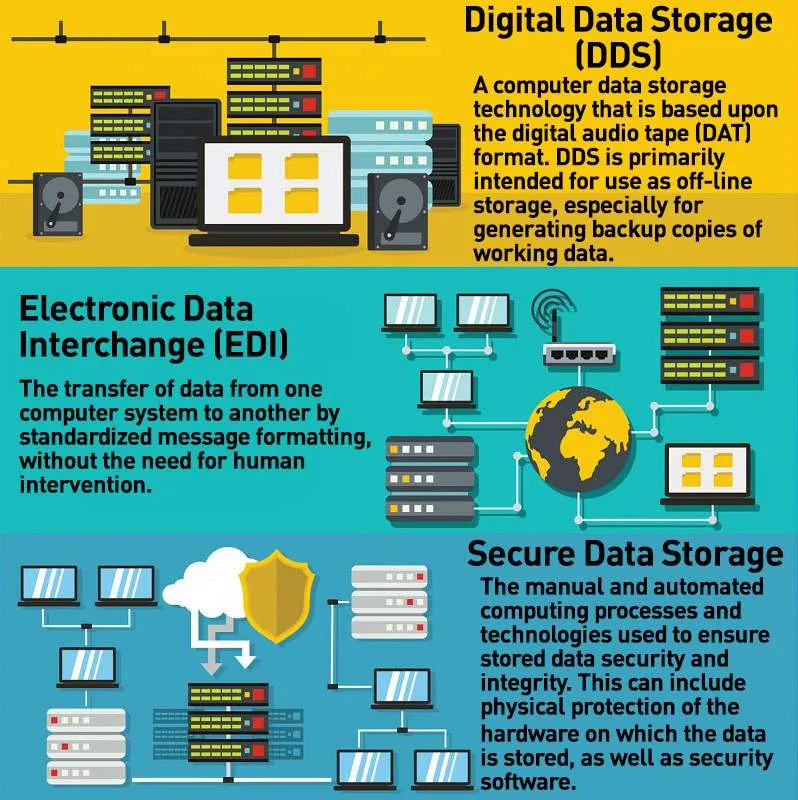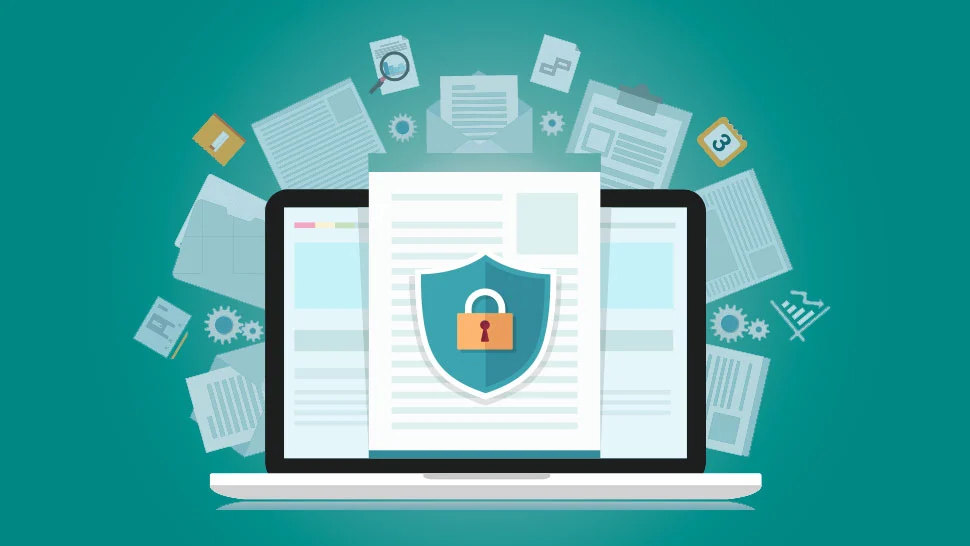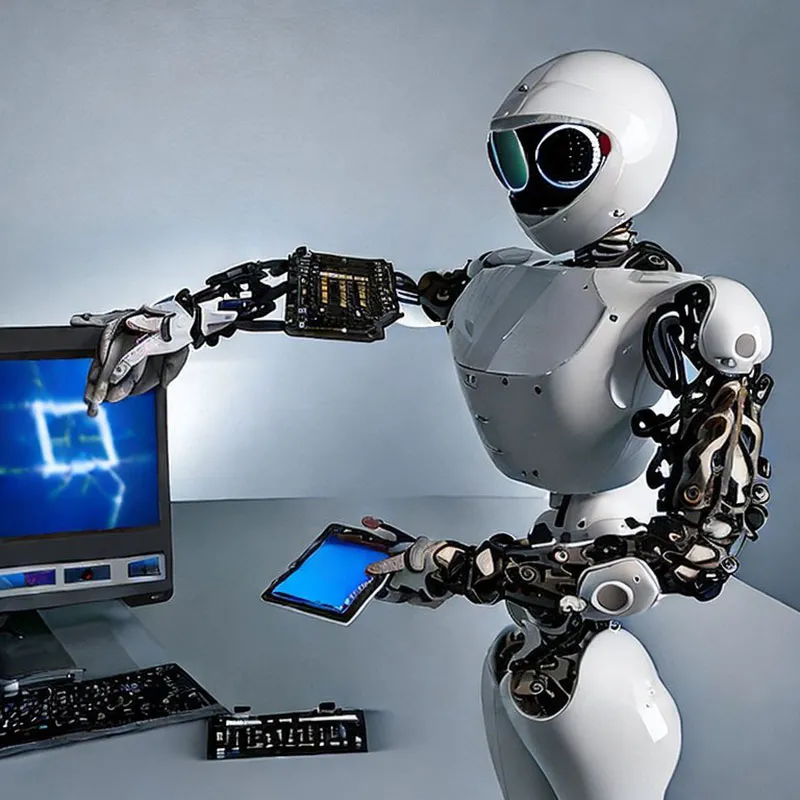Privacy Risks in Data Collection and Storage
When sharing or storing personal data on social media or dating apps, it's always important to keep the possible consequences of oversharing information in mind. If your information is leaked, it could lead to break-ins, loss of money, and can even put your real life safety at risk. Dating apps are especially dangerous when it comes to monetary scams, where scammers will catfish people and ask them to send money. When posting on social media, others that see your posts can use the information you provide and can potentially harm you or your loved ones.
When companies are given sensitive information, like names, social security numbers, credit card information, and other information that can identify customers and employees, they store it in their files. They do this because the information is often needed to be called upon to complete transactions and other business functions. If this data falls into the wrong hands, it can lead to identity theft, fraud, and massive monetary losses. The risk of a security breach and its consequences, like the loss of customers, is too large for companies to take lightly. Because of this, safeguarding information is a big deal for companies.
Most companies follow a similar algorithm to ensure user data is not leaked. They first define who and how people send sensitive information to their businesses, whether it be through emails or cash registers in-person. They then need to think about what kind of information they receive through each entry point, such as credit card information online or customers’ checking accounts. One of their most important objectives is to decide where all the information from the entry points is kept, such as central computer databases or on individual laptops and hard drives. Finally, it is a necessity for companies to make sure that access to their sensitive information falls into the right hands, otherwise they could have massive problems.







